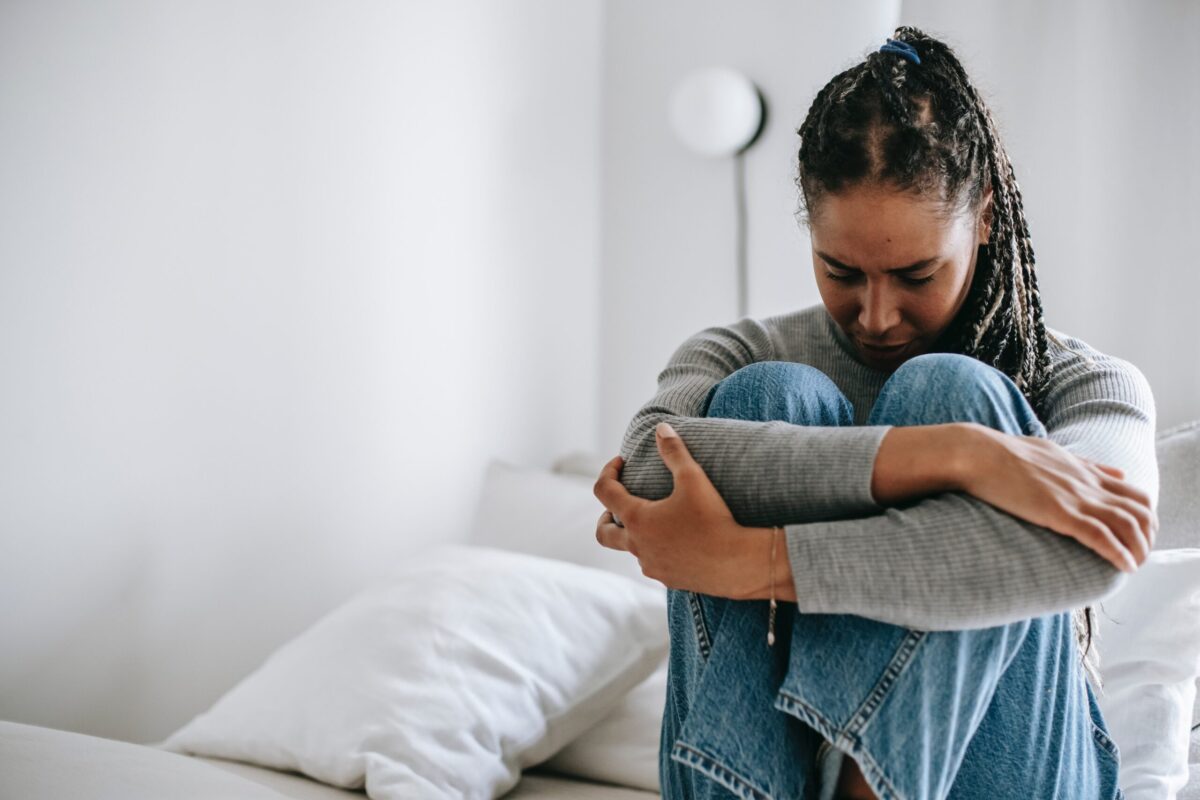Let the light in: Purdue HHS professor offers strategies for managing seasonal affective disorder
Written By: Rebecca Hoffa, rhoffa@purdue.edu

Dark and dreary days that are prominent throughout Indiana winters can leave anyone feeling a bit more sluggish than normal, but when it starts interfering with day-to-day activities, that lack of energy could be a sign of something more serious, such as seasonal affective disorder.

Susan KerseyPhoto provided
Seasonal affective disorder is a worsening of depressive symptoms during times of the year when there is less sunlight, typically starting in late fall and ending in the spring. Susan Kersey, clinical assistant professor and director of the psychiatric-mental health nurse practitioner program in the Purdue University School of Nursing, has years of experience in psychiatry and noted that individuals should seek help if they are experiencing seasonal affective disorder.
“It’s really important that we not brush it off,” Kersey said. “With any psychiatric disorder, when it’s interfering in your life, it is a sign that you really need to take a good look at it and consider getting help with it.”
Kersey noted that some symptoms of seasonal affective disorder that individuals should look out for include lack of energy, interest and motivation in usual activities; excessive sleep; and increased appetite or using food as a comfort measure to improve mood. However, she noted that psychiatric disorders are often different for everyone.
While there are a variety of resources available for individuals who are experiencing depressive symptoms, Kersey recommends Be Well Indiana’s crisis line and tools, the National Alliance on Mental Illness’ (NAMI) support groups and services, Mental Health America, and other online or in-person support groups.
To prepare for seasonal affective disorder, Kersey also suggests increasing light exposure. Some ways of doing this include purchasing a light box that offers 10,000 lux of light and using it indirectly for 20-30 minutes each morning, opening curtains and blinds to let in natural sunlight, placing lamps and light sources near windows to mimic the natural light, replacing light bulbs with those that offer more of a blue light, and spending time outside on sunny days.
“Even though it’s cold, bundle up and get outside, even if it’s just for a few minutes,” Kersey said. “Get exposure to the light and fresh air. You could go for a brief, brisk walk; walk your dog; pick up sticks in your yard; fill up your bird feeders; anything you want to do just to get out on those sunny days and take full advantage of them.”
Particularly during the COVID-19 pandemic, Kersey noted that increased isolation; anxiety about becoming infected with COVID-19, particularly with the high transmission of the omicron variant; and lack of availability of support services due to high demand have placed an additional burden on individuals struggling with seasonal affective disorder.
“It’s really taken a toll,” Kersey said. “The need for services has gone up. Suicides have gone up.”
Kersey also noted that seasonal affective disorder, like many other psychiatric disorders, can be progressive in nature, so individuals could notice their symptoms getting worse over time. However, if individuals notice any symptoms of depression, such as feeling isolated, having trouble making decisions or concentrating, sleeping too much or too little, eating more or less than usual, or being irritable or easily angered, Kersey advises that it may be time to seek help.
“If you notice any of those signs or symptoms in yourself or someone else, and those symptoms are getting to the point of really interfering in your ability to have pleasure or joy in your life or are keeping you from things you like to do, definitely reach out,” Kersey said. “Reach out to a friend or a loved one. Reach out to your primary care provider. Make a call to NAMI or Mental Health America, and they will help you find services.”